- Home
- Articles
- Architectural Portfolio
- Architectral Presentation
- Inspirational Stories
- Architecture News
- Visualization
- BIM Industry
- Facade Design
- Parametric Design
- Career
- Landscape Architecture
- Construction
- Artificial Intelligence
- Sketching
- Design Softwares
- Diagrams
- Writing
- Architectural Tips
- Sustainability
- Courses
- Concept
- Technology
- History & Heritage
- Future of Architecture
- Guides & How-To
- Art & Culture
- Projects
- Interior Design
- Competitions
- Jobs
- Store
- Tools
- More
- Home
- Articles
- Architectural Portfolio
- Architectral Presentation
- Inspirational Stories
- Architecture News
- Visualization
- BIM Industry
- Facade Design
- Parametric Design
- Career
- Landscape Architecture
- Construction
- Artificial Intelligence
- Sketching
- Design Softwares
- Diagrams
- Writing
- Architectural Tips
- Sustainability
- Courses
- Concept
- Technology
- History & Heritage
- Future of Architecture
- Guides & How-To
- Art & Culture
- Projects
- Interior Design
- Competitions
- Jobs
- Store
- Tools
- More
Symbiotic Design in Architecture: Building Sustainable Spaces That Harmonize with Nature
Explore the concept of symbiotic design in architecture, where nature and structures harmonize to foster sustainability, energy efficiency, and biodiversity. Learn how innovative designs, eco-friendly systems, and biophilic elements enhance urban ecosystems, human well-being, and resilience, shaping a sustainable future in an evolving architectural landscape.

Architecture is evolving, and it’s no longer just about creating structures—it’s about fostering harmony between buildings, nature, and the people who inhabit them. Symbiotic design takes this idea to the next level by blending architecture with the environment in a way that benefits both. It’s a shift from dominating nature to collaborating with it, creating spaces that are not only functional but also sustainable and inspiring.
As we face growing environmental challenges, the need for innovative, eco-conscious design has never been greater. Symbiotic design offers solutions that go beyond aesthetics, prioritizing energy efficiency, biodiversity, and a deeper connection to the natural world. It’s about designing with intention, where every element serves a purpose and supports a larger ecosystem. This approach isn’t just a trend—it’s a necessary step toward a more sustainable future for all of us.

Table of Contents
ToggleUnderstanding Symbiotic Design In Architecture
Symbiotic design in architecture creates a seamless interaction between buildings, their surroundings, and the ecosystems they inhabit. It shifts the focus from individual structures to an interconnected approach that enhances environmental harmony and resource efficiency.

Defining Symbiotic Design
Symbiotic design refers to an architectural approach where structures co-exist with nature, fostering mutual benefits. This concept integrates natural elements, like vegetation or water systems, with built environments to address ecological challenges. Buildings in this framework not only serve human needs but also restore and support biodiversity, minimize waste, and optimize energy use.
The Principles Of Symbiotic Design
- Integration With Nature
Symbiotic designs incorporate natural elements into structures. For instance, green roofs, vertical gardens, and water recycling systems exemplify methods that blend human-made environments with ecosystems.
- Resource Efficiency
Effective use of materials and energy is crucial. Symbiotic designs employ sustainable resources, reduce energy reliance through passive systems, and utilize renewable energy, like solar panels.
- Dynamic Adaptability
Adaptable structures adjust to environmental changes, enhancing their longevity and functionality. Examples include climate-responsive facades and modular building components.
- Ecosystem Support
These designs actively support local ecosystems. For example, buildings designed to include bird habitats or integrate pollinator-friendly gardens create a positive environmental impact.
- Human And Environmental Synergy
The approach fosters spaces that benefit both humans and nature. Community-centric urban spaces, which enhance quality of life while reducing ecological footprints, embody this principle.
The Benefits Of Symbiotic Design In Architecture
Symbiotic design offers numerous advantages by aligning architecture with environmental needs, human health, and economic sustainability. These interconnected benefits demonstrate its potential to redefine the future of design.

Environmental Advantages
Symbiotic design reduces environmental impact by integrating eco-friendly systems into architecture. Features like green roofs, vertical gardens, and on-site water recycling systems contribute to biodiversity, reduce urban heat islands, and promote efficient resource use. Renewable energy integration, such as solar panels and wind turbines, ensures reduced reliance on fossil fuels.
Building designs that utilize natural ventilation and daylight minimize energy consumption. By prioritizing local, sustainable materials, symbiotic architecture decreases carbon footprints and supports regional ecosystems.
Enhancing Human Well-Being
Spaces designed symbiotically enhance physical and mental health by fostering connections with nature. Building-in biophilic elements, such as natural lighting, indoor plants, or water features, creates calming environments that reduce stress and improve productivity.
Urban designs with community gardens and accessible green public spaces encourage social interaction and physical activity. Healthy indoor environments are further supported by improved air quality and reduced exposure to artificial contaminants.
Long-Term Economic Impact
Symbiotic designs provide cost efficiencies over time by reducing energy and water expenses. Eco-friendly systems, like rainwater harvesting and solar energy generation, deliver consistent savings while lowering maintenance demands.
Increased property value results from sustainable certifications and enhanced user satisfaction. Businesses benefit from symbiotic spaces through higher employee retention, health cost reductions, and productivity improvements. Economic benefits compound as environmental resources are preserved, supporting long-term urban resilience.
Key Examples Of Symbiotic Design In Modern Architecture
Symbiotic design in architecture bridges the gap between human development and nature. By examining notable examples, we gain insight into its potential to enhance urban ecosystems and support sustainability.

Urban Green Spaces And Buildings
Urban green spaces and buildings exemplify the harmonious integration of nature within metropolitan landscapes. Bosco Verticale in Milan showcases residential towers coated with over 20,000 plants, creating urban forests that improve air quality and biodiversity. Singapore’s Gardens by the Bay merges architecture with greenery, featuring structures like Supertree Grove that integrate vertical gardens and photovoltaic cells. Such designs enhance urban aesthetics while addressing environmental challenges.
Integration Of Renewable Energy Systems
Many modern architectures incorporate renewable energy systems, demonstrating symbiotic design’s emphasis on efficiency and sustainability. One Central Park in Sydney combines solar panel installations with heliostat technology for optimal energy capture and lighting. Additionally, Masdar City in the UAE integrates renewable systems like solar farms and wind towers within its building designs to minimize fossil fuel dependence. These innovations reduce carbon footprints and promote energy independence.
Adaptive Reuse Of Structures
Repurposing existing structures highlights resource efficiency within symbiotic design. The High Line in New York City transforms an abandoned railway into a green public park, boosting biodiversity and urban livability. Zeitz MOCAA in South Africa reshapes old silos into an art museum, preserving historical architecture while serving contemporary needs. Adaptive reuse supports sustainability by reducing construction waste and conserving materials.
Challenges In Implementing Symbiotic Design
Implementing symbiotic design in architecture presents several challenges, particularly when balancing environmental goals with real-world constraints. Key obstacles often arise from financial, design, and cultural factors.

Budget And Resource Constraints
Integrating symbiotic design can incur higher initial costs due to the need for sustainable materials, advanced technologies, and specialized expertise. While features like green roofs, renewable energy systems, and water recycling infrastructure provide long-term benefits, they demand significant upfront investment. Limited budgets may also restrict the use of local, eco-friendly resources or inhibit large-scale implementation, especially in urban areas where costs are typically higher.
Balancing Aesthetics And Functionality
Creating designs that are visually appealing yet environmentally and functionally efficient requires meticulous planning and innovation. Architects often struggle to harmonize natural features, such as vegetation, with structural necessities like ventilation, insulation, and durability. Excessive focus on one aspect may compromise the other, reducing design effectiveness. For example, green facades must balance aesthetic integration with practical concerns like maintenance and structural weight.
Overcoming Resistance To Change
Adopting symbiotic design faces resistance from stakeholders unfamiliar with its benefits or skeptical of its practicality. Developers may prioritize short-term returns over sustainable designs, while regulatory frameworks might lag behind emerging methodologies. Additionally, communities unaccustomed to biophilic architecture may initially struggle to accept significant environmental and visual changes, requiring targeted education and advocacy efforts.
The Future Of Symbiotic Design In Architecture
The future of symbiotic design in architecture lies at the intersection of technology, sustainability, and evolving urban needs. Advances in innovation and changing societal priorities are driving its adoption across global urban centers.
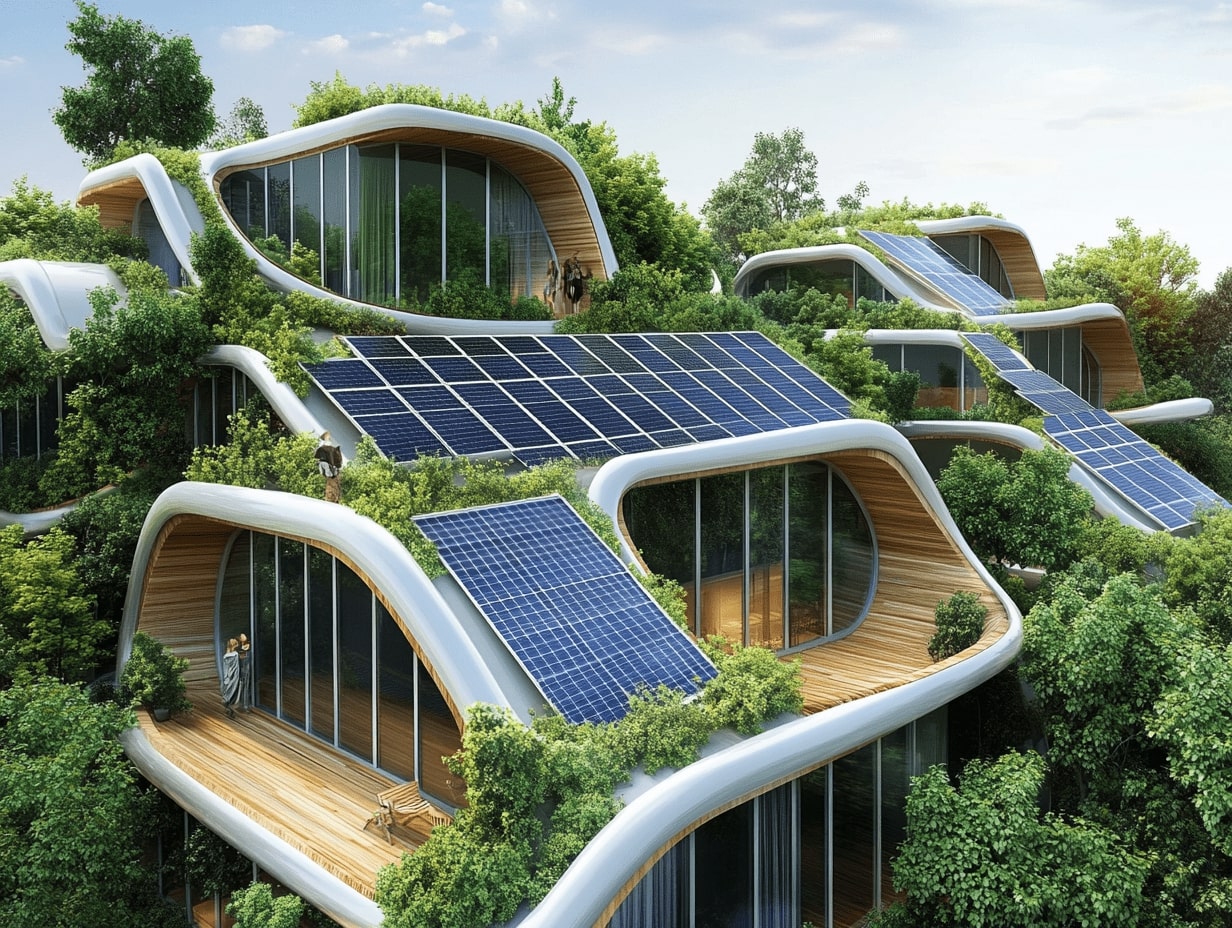
Technological Innovations
Technology is transforming how we implement symbiotic design. Smart building systems, using AI and IoT, optimize energy consumption, monitor resource usage, and adapt to environmental conditions in real-time. For example, buildings with predictive energy systems reduce overuse by analyzing weather patterns and occupancy data.
Materials innovation supports sustainable construction. Self-healing concrete and energy-storing glass reduce maintenance and enhance resource efficiency. Emerging bioengineered materials, such as mycelium-based insulation, offer biodegradable, high-performing alternatives.
Renewable energy integration becomes seamless with advancements like building-integrated photovoltaics (BIPV). These systems embed solar cells into roofs and facades, optimizing functionality without sacrificing aesthetics. Vertical farms integrated into structures enable urban agriculture, increasing food production while improving air quality.
Trends Driving Adoption
Environmental concerns and shifting urban demographics drive the adoption of symbiotic design. Rising climate change impacts, including urban heat islands and dwindling natural resources, highlight the need for ecological urban solutions. Biophilic features counteract these effects while promoting biodiversity.
Urbanization trends influence demand for sustainable spaces. Compact, self-sufficient building models integrate residential, commercial, and green spaces, maximizing land use and minimizing sprawl. Mixed-use developments ensure neighborhoods are walkable while reducing dependency on fossil-fuel-based transport.
Policy and financial incentives encourage adoption. Green certifications like LEED and BREEAM set benchmarks for sustainable projects. Governments and private sectors offer tax benefits and grants for implementing renewable systems and eco-conscious designs. Public acceptance grows as societies recognize the value of shared green spaces and holistic living environments.
Conclusion
Symbiotic design in architecture bridges the gap between human habitation and environmental sustainability. By merging natural elements and innovative design strategies, it creates spaces that support ecological balance, improve human well-being, and enhance urban resilience. We can view this approach as a transformative response to environmental challenges, integrating biodiversity, resource efficiency, and adaptability into the core of architectural practice.
As technological advancements continue reshaping the possibilities of design, symbiotic architecture gains momentum as a viable solution for dynamic, sustainable living spaces. With increasing adoption driven by environmental concerns, urbanization demands, and supportive policies, the role of symbiotic design in shaping future cities is both relevant and essential.
- architecture and nature harmony
- Biophilic Design in Architecture
- building with nature
- eco-conscious architectural design
- Eco-friendly Buildings
- ecosystem-friendly construction
- Environmental Architecture
- environmentally friendly design
- Green Architecture
- green design principles
- holistic building design
- nature harmonized construction
- nature-integrated architecture
- sustainable architecture
- sustainable building practices
- sustainable living spaces
- symbiotic design
Submit your architectural projects
Follow these steps for submission your project. Submission FormLatest Posts
Eco-Friendly Floor Coverings: Smart Choices for a Greener Home
Eco-friendly floor coverings made simple: discover sustainable materials, trusted certifications, and room-by-room...
What are Biodomes?
Biodomes are transforming architecture by blending ecological science with advanced design to...
The Quiet Revolution of Biophilic Design
Biophilic design is reshaping homes, workplaces, and cities—backed by evidence. Learn core...
Sustainable Solutions in Contemporary Architecture: From Passive Design to Clean Energy
Sustainable solutions in contemporary architecture: a practical playbook to hit net-zero, cut...






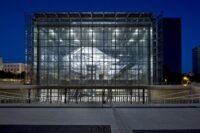


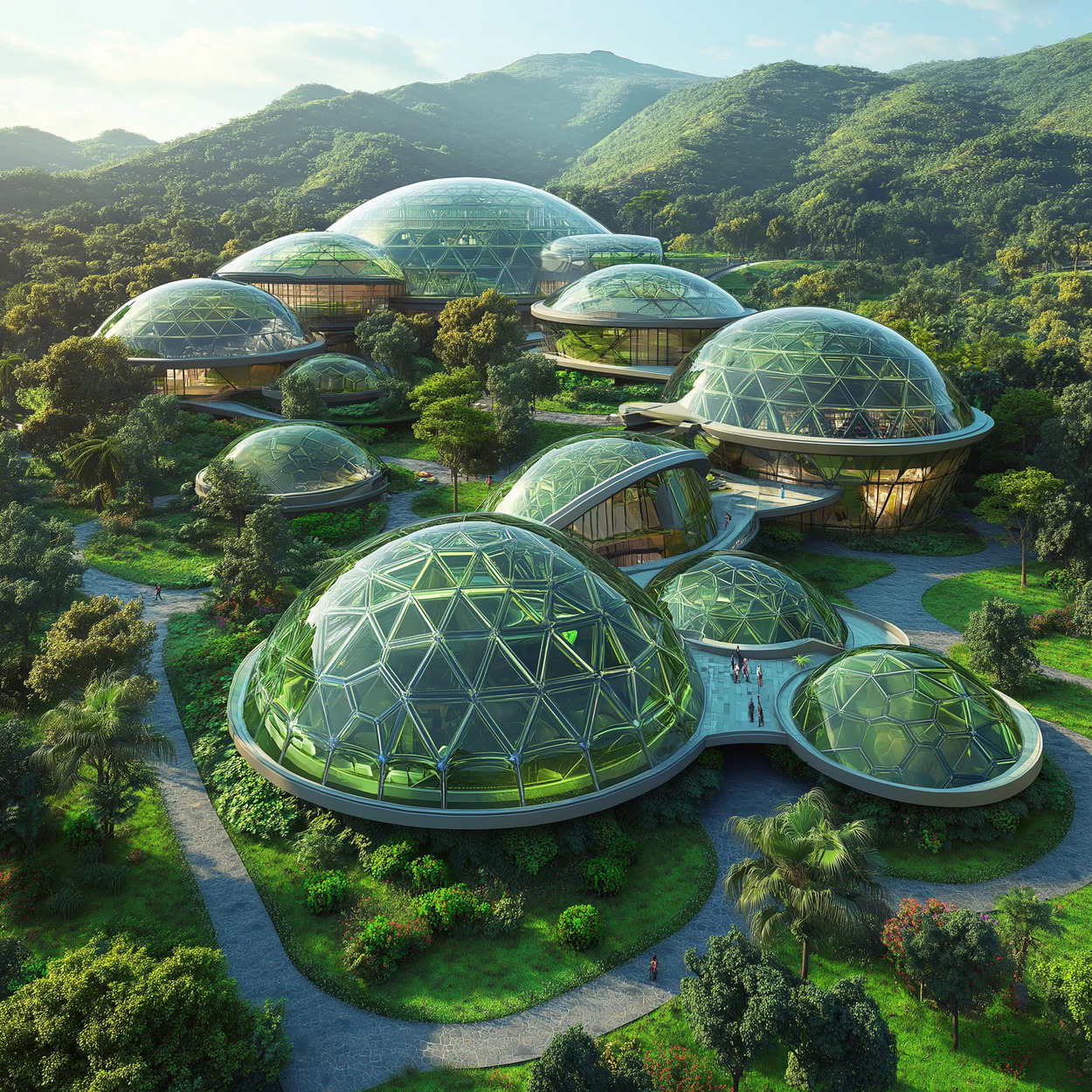
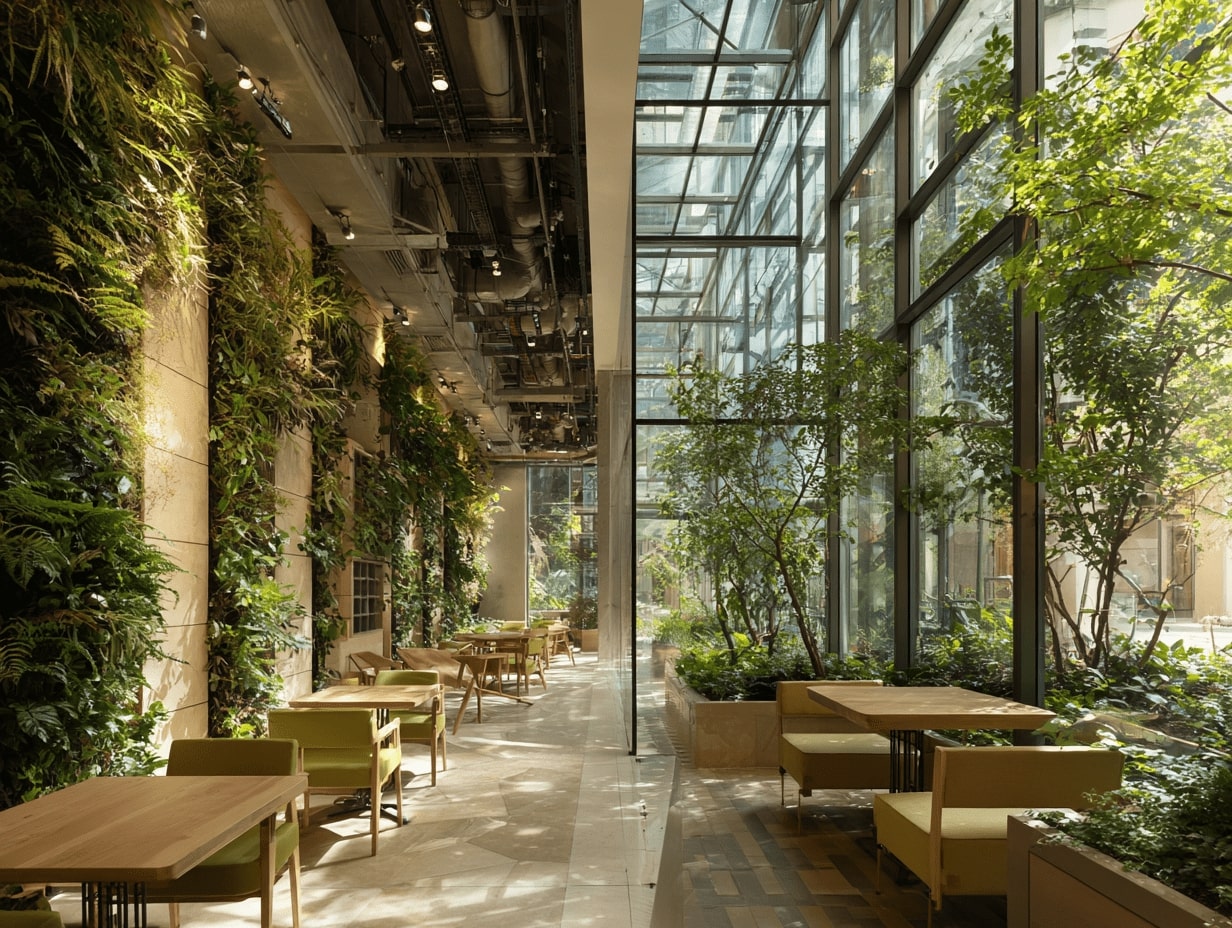
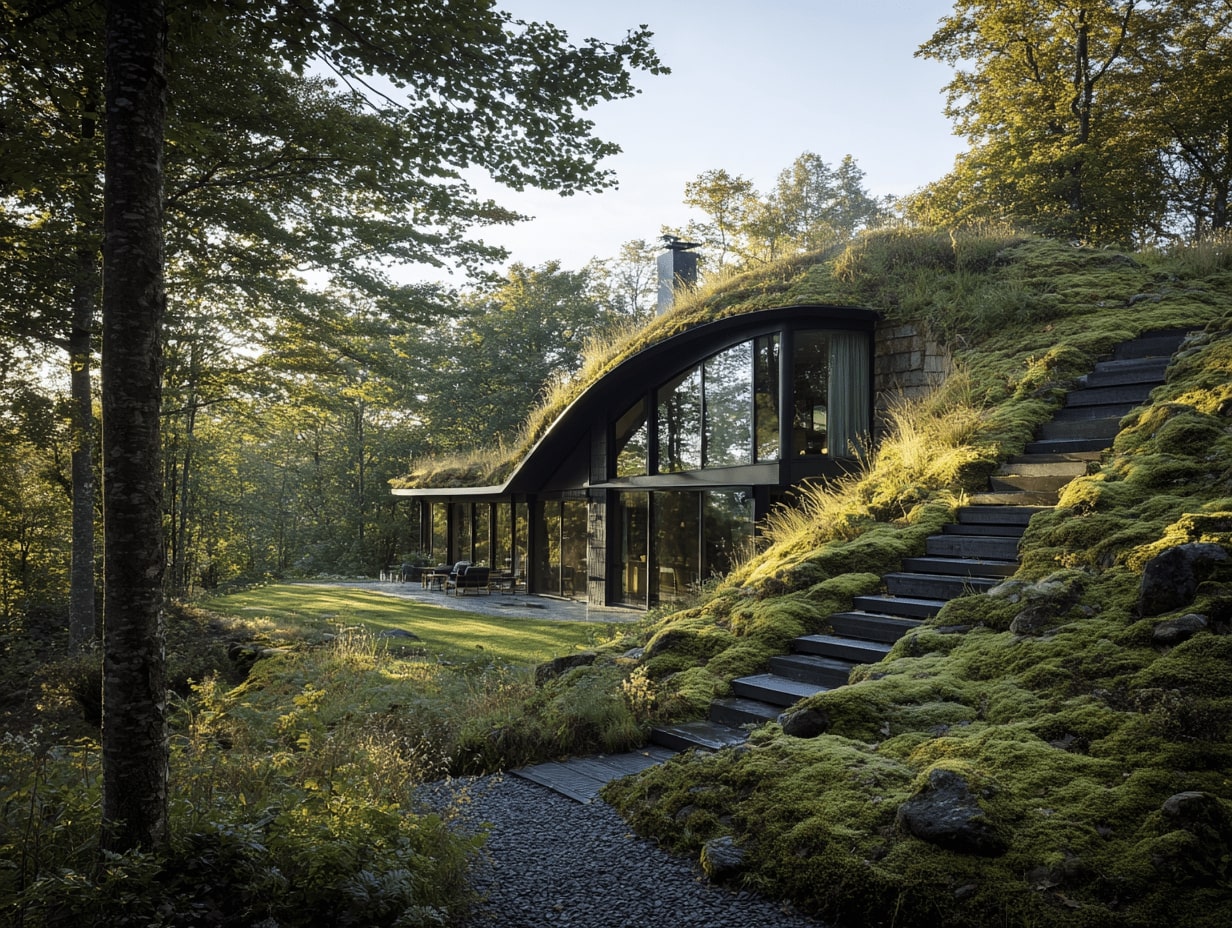
Leave a comment